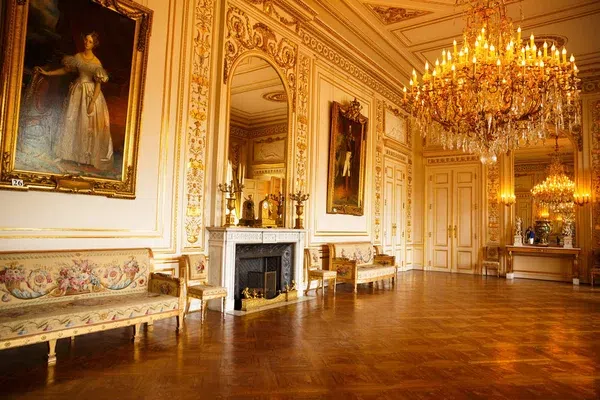
European classic furniture style—often referred to as traditional, old-world, or antique style—is best known for its elegant craftsmanship, intricate details, and historical design influences that span from the Renaissance through the early 20th century. It encompasses a variety of specific regional styles and periods, such as Baroque, Rococo, Neoclassical, Victorian, and more, which each have their distinguishing characteristics. However, there are some overarching features that define the European classical style of furniture:
Material Quality: European classic furniture is typically made of high-quality materials to ensure durability and longevity. Hardwoods like mahogany, walnut, oak, cherry, and rosewood are common. Veneers of valuable woods are often applied for enhanced visual appearance.
Craftsmanship and Detail: Fine craftsmanship is a hallmark of classic European furniture, often featuring hand-carved details, intricate inlays, marquetry, and gilded accents. The woodworking demonstrates exceptional joinery skills and attention to detail.
Ornamentation: Furniture often includes ornamental elements such as acanthus leaves, scroll motifs, floral patterns, and elaborate hardware. Carvings can be intricate and may include figures, animals, or mythological scenes.
Silhouettes and Forms: Classic European furniture pieces often showcase curves and flowing lines. Chairs may have cabriole legs and arched backrests, while cabinets and armoires feature bold cornices and contour lines.
Upholstery: Rich fabrics like silk, brocade, velvet, and tapestry are common in upholstered pieces. The patterns can be elaborate, including damasks and jacquards, often with tassels, tufting, or nail-head trim for added embellishment.
Symmetry and Proportion: Designs in this style are carefully proportioned and often display a high degree of symmetry, which contributes to the harmonious and sophisticated look.
Color and Finish: Dark, rich wood stains are prevalent, sometimes with a patina that adds a sense of age and grandeur. Gilding in gold or silver leaf is also a feature in more luxurious pieces.
Influences: European classic furniture is deeply influenced by its historical context, whether it be the opulence of the French court, the grandeur of the British Empire, or the timeless elegance of Italian Renaissance artisans.
Functionality versus Aesthetics: While functional, European classic furniture often prioritizes aesthetics and is intended to make a statement about wealth and social status.
Mix of Styles and Periods: The European classic style is not monolithic; it often mixes various time periods and local styles into one piece or room setting, giving an eclectic but harmonious overall look.
European classic furniture makes a bold statement in any interior, imparting a sense of elegance, sophistication, and historical richness. It is best suited to formal spaces or grand homes where the stylistic impact of these pieces can be fully appreciated, though individual elements can be incorporated into more contemporary settings to add a touch of classic elegance.



